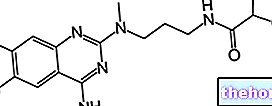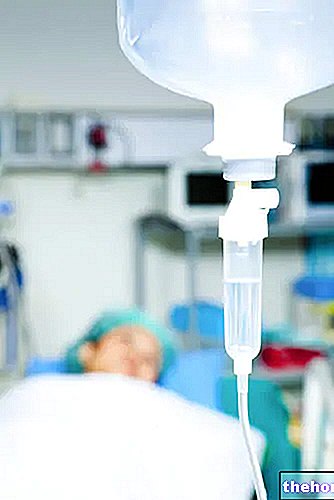Now we consider a family of enzymes that are part of the functionalization reactions (phase I). This enzyme family is that of cytochrome P450 monooxygenases (abbreviated to CYP or P450). A cytochrome is a "hemoprotein, like hemoglobin," because it contains the -EME group. Its job is to introduce oxygen into the drug molecule, making it more polar.
Why is this hemoprotein called cytochrome P450? This hemoprotein, when bound to carbon monoxide (CO) and placed in a spectrophotometer, has an absorption peak of 450 nm. Hence the name P450 is derived from the absorption which presents the cytochrome bonded with carbon monoxide.
There is not only one cytochrome P450, but there are other isoenzymes that belong to this superfamily. These isoenzymes are CYP 1A2, 2A6, 2B6, 2C8, 2C9, 2C19, 2D6, 2E1, 3A4, 3A5, 4A11 and 7. Among these isoenzymes, CYP 1A2, 2A6, 2C9, 2D6, 2E1 and 3A4 are the isoforms most responsible for hepatic metabolism of drugs and xenobiotics. Without these enzymes, our body is unable to metabolize either endogenous or exogenous substances. These monooxygenases do not work alone, but they need the contribution of NADPH (it provides reducing power), they also need another enzyme called NADPH-reductase and of course they need oxygen.
How does this cycle work?

First of all, we are on the membrane of the endoplasmic reticulum because we are at the microsomal level. On the membrane c "is the presence of Cytochrome P450 and next to this hemoprotein c" is the presence of the enzyme NADPH-reductase. The ratio is 1:10 between cytochrome and NADPH-reductase. These two enzymes use molecular oxygen to introducing an oxygen into the molecule and at the same time eliminating a water molecule.
Let's analyze the cycle step by step.
The starting molecule (RH) in the first step binds to Cyt P450 and in conditions of inactivity within the -EME group the iron is in the oxidized 3+ form. The RH-CytP450 molecule in the second step acquires an electron that is supplied by contact with the flavoprotein, which passes from the reduced form to the oxidized form, because NADPH loses a hydrogen and becomes NADP +. At this point, the iron inside the -EME group is no longer in the 3+ form but is in form 2+ since the molecule has acquired an electron. In the third step c "is" the interaction with molecular oxygen and with another electron, which is supplied by another "reductase"; a highly unstable complex will form with the presence of oxygen inside the drug molecule. At this point there is an unstable chemical form rich in energy that needs to split in order to pass to energetically more stable forms. In the penultimate passage the unstable molecule Cyt P450 is degraded and originated with iron 3+, a water molecule is released. Finally, our starting molecule is freed with an attached hydroxyl group (RH-OH), therefore much more polar, and on the other hand Cyt P450 with iron 3+. For the oxidation reaction to take place in this cycle there must be a close collaboration between cytochrome P450 and cytochrome NADPH-reductase.
This superfamily of cytochromes is part of microsomal enzymes, so they can be hypoactivated or hyperactivated. In the case of hyperactivity, the liver gains weight, given the greater activity of these enzymes, also leading to a proliferation of the endoplasmic reticulum.Furthermore, during enzymatic induction there is an increase in transcription and protein translation. In the case of repression of the enzymatic activity we have a reduction in the efficacy of drug metabolization, vice versa it happens with induction.
Concentration of cytochrome P450, amount of reductase and affinity of the drug for Cyt P450 are characteristics that can vary the rate of biotransformation, therefore they can induce or repress the enzymatic activity with a consequent influence on the metabolization rate, duration and efficacy of the drug. .
Enzymatic repression is less frequent, although some drugs may inhibit the enzymatic activity of the hepatic microsomal system. Enzyme inhibition produces a slowing of metabolism, with a consequent increase in plasma levels of the parent drug and ultimately an increase in the incidence of Toxicity It has been noted that repressive activity is a process that is the inverse of enzyme induction and can even produce toxic effects (mainly hepatotoxic effects). The effects are toxic because the drug is not metabolized and quickly removed from the organism, consequently it remains in circulation for a long time.
Other articles on "Cytochrome P450"
- Transformations of a drug: phase one reactions
- Biotransformation: phase II reactions




























